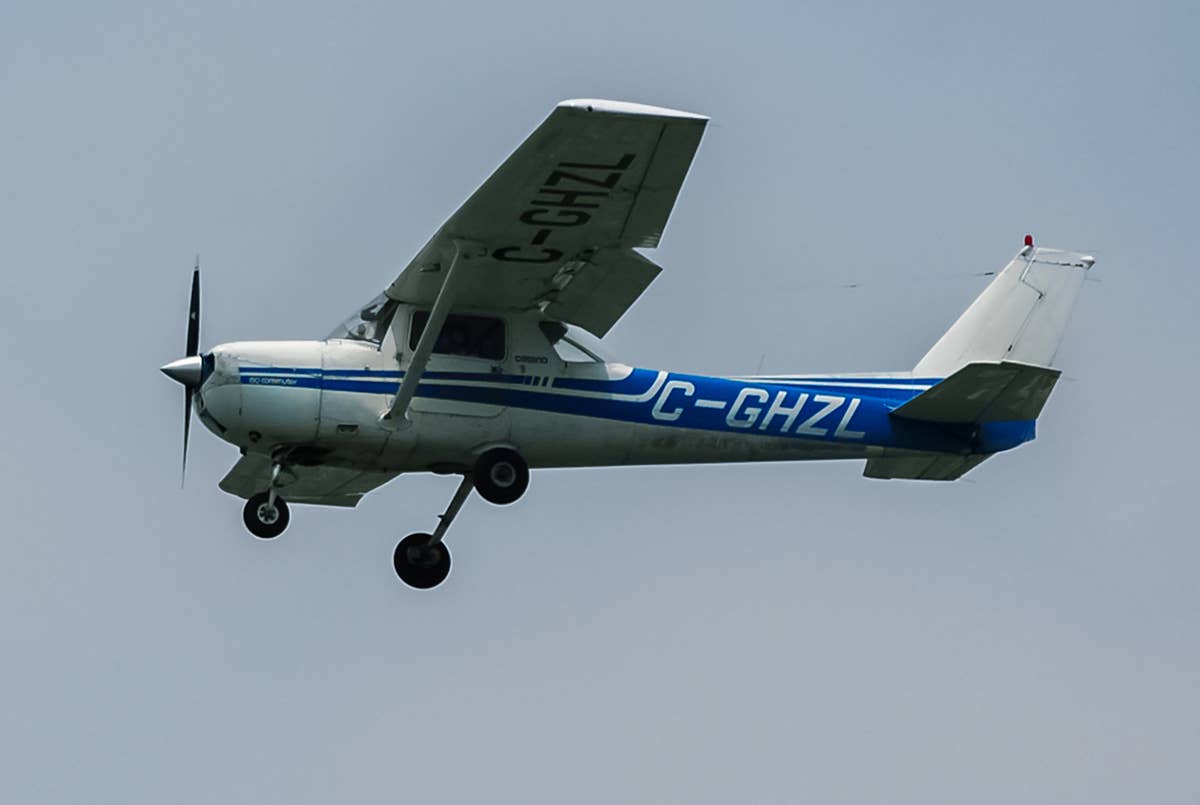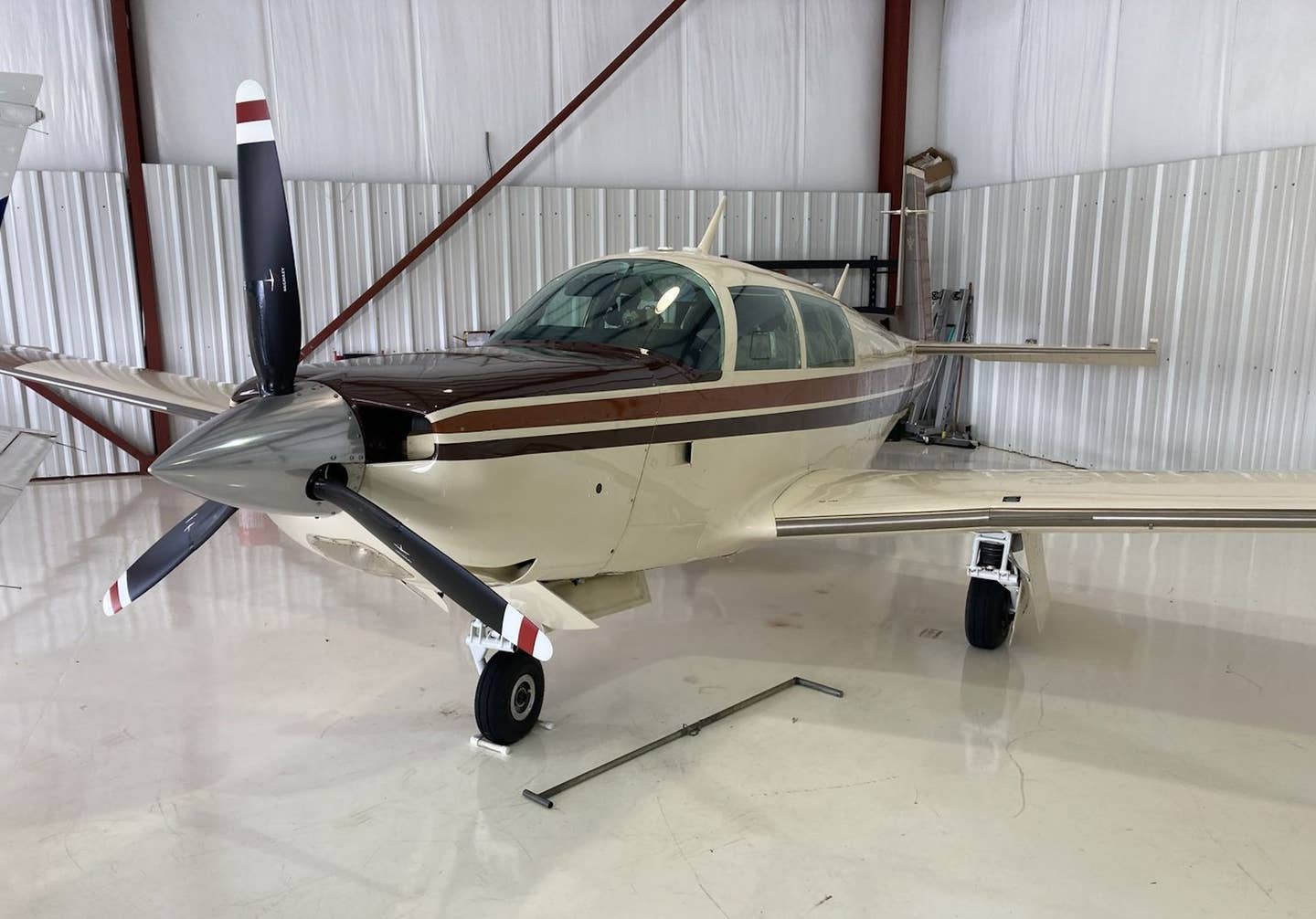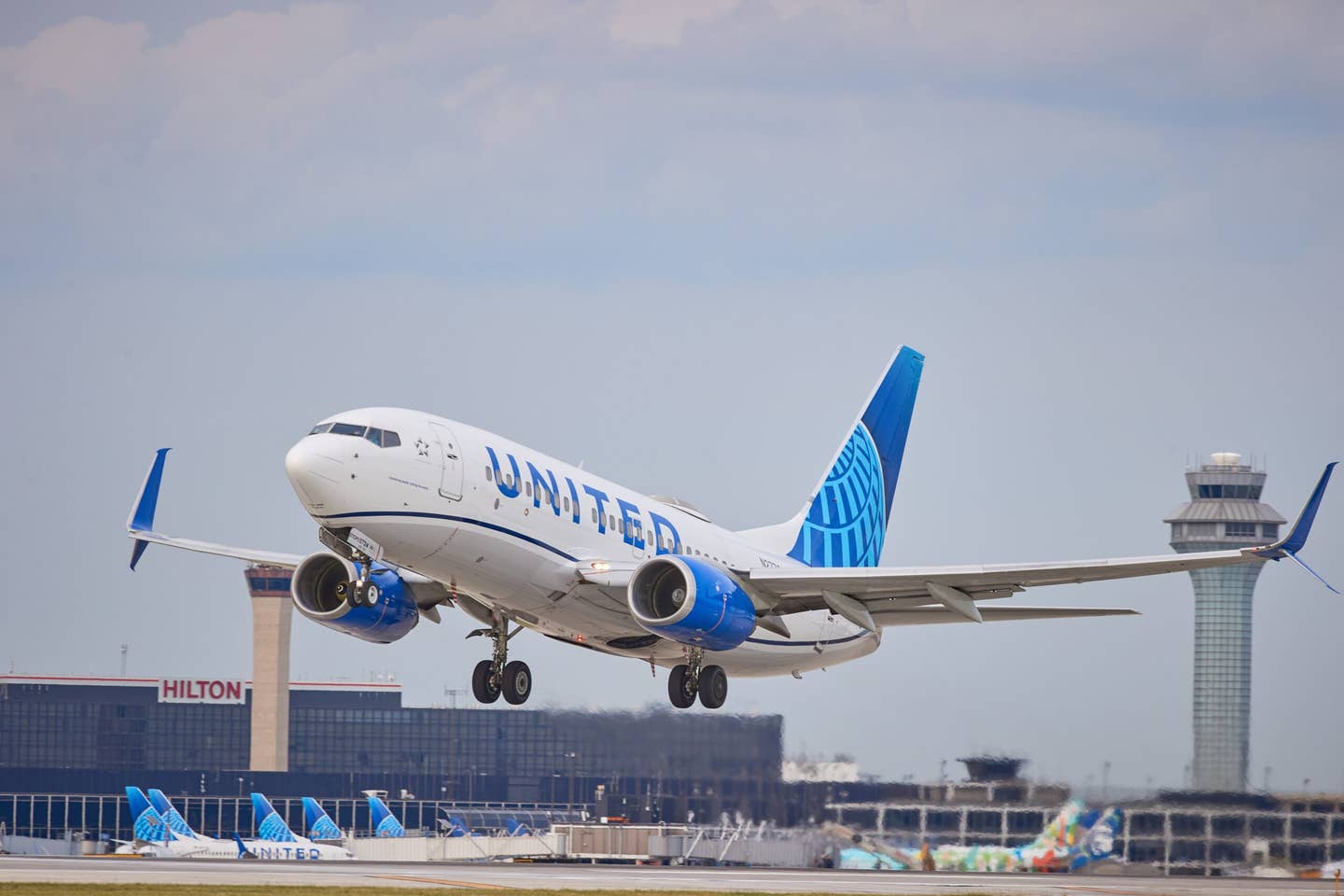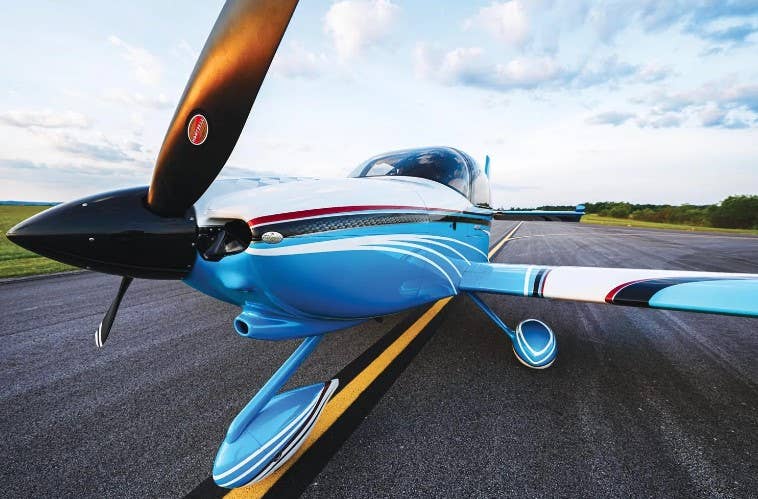More Training Aircraft in Reach with FAA’s Proposed MOSAIC Rule
If the NPRM transitions to an official rule, several of the aircraft that currently make up the training fleet could be legally flown with a sport pilot certificate.

If the MOSAIC NPRM transitions to an official rule, several of the aircraft that currently make up the training fleet, such as the Cessna 150, could be legally flown with a sport pilot certificate. [Credit: Shutterstock]
When the sport pilot rule was released in 2004, it was touted as a way to make aviation more affordable, starting with lower training costs because the sport pilot certificate can be acquired with a minimum of 20 hours of flight time—half of what is required for the private pilot certificate.
The 2004 rule also didn't require the additional cost of an aviation medical certificate, which might encourage more people to seek training to earn their certificates. Whether or not it went that way is in the eye of the beholder.
The Active Civil Airmen Statistics published by the FAA note that out of a total of 756,928 pilot certificates on file, 6,597 are held by sport pilots, compared to 164,090 by private pilots. It is unknown how many aviators started as sport pilots then “upgraded” to private pilot certificates.
In the approximately 19 years since the sport pilot rule was enacted, there has been almost a steady stream of discussion from pilots asking for the weight limit of 1,320 pounds to be increased to allow them to fly their light training aircraft with a sport certificate. If this notice of proposed rulemaking (NPRM) is approved, that may happen, with the FAA's blessing.
According to the agency, the proposed Modernization of Special Airworthiness Certification (MOSAIC) rule is designed to "enhance the safety and performance of light sport aircraft operations."
Added David Boulter, acting FAA associate administrator for safety: "This rule will encourage manufacturers to make light sport aircraft operations safer, more versatile and accessible while maintaining rigorous safety standards."
According to the FAA, the aircraft’s weight limit is based on its stall speed. By permitting higher stall speeds, the proposal would bring within the light sport aircraft regulatory framework aircraft weighing as much as 3,000 pounds. This more than doubles the weight of aircraft under the current definition of light sport of 1,320 pounds, allowing larger and stronger aircraft to qualify.
If the NPRM transitions to an official rule, several of the aircraft that currently make up the training fleet could be legally flown with a sport pilot certificate, including the Diamond DA40, Cessna 150 and 152, the Cessna 172, and several single-engine piston Piper models. Potentially, this could increase rental opportunities for holders of sport pilot certificates and increase revenue at flight schools.
"The proposal would also expand the type of aircraft sport pilots can operate and allow them to use their aircraft for a wider range of operations such as some aerial work,” the FAA noted. “Although sport pilots could operate aircraft designed with up to four seats, they would remain limited to operating with only one passenger."
FLYING reached out to the National Association of Flight Instructors (NAFI) and Society of Aviation and Flight Educators (SAFE) for their takes on the NPRM.
David St. George, director of SAFE, noted after reading the NPRM that it is obvious a great deal of time and energy went into drafting the proposal.
"SAFE supports this carefully crafted FAA proposal as a creative method to expand the availability of modern, safe, (and increasingly capable) aircraft to a wider audience of pilots," St. George said. "SAFE also respects the FAA's trust in our professional flight instructors to safely extend these new flight privileges to current and future sport pilots within this new performance-based standard."
St. George also pointed out the rule could potentially increase the number of instructors in the aviation world as sport pilot instructors can qualify with 150 hours of pilot-in-command (PIC) time.
NAFI did not respond to FLYING’s request for comment by press time.
The public has 90 days to comment on the proposed rule once it is published in the Federal Register. The FAA will publish a final rule and respond to comments after that period closes.

Subscribe to Our Newsletter
Get the latest FLYING stories delivered directly to your inbox






